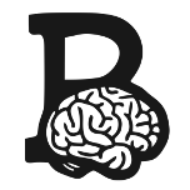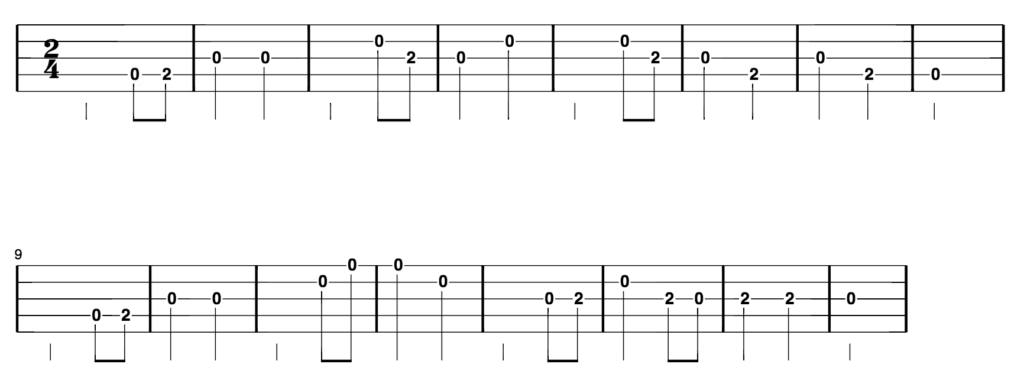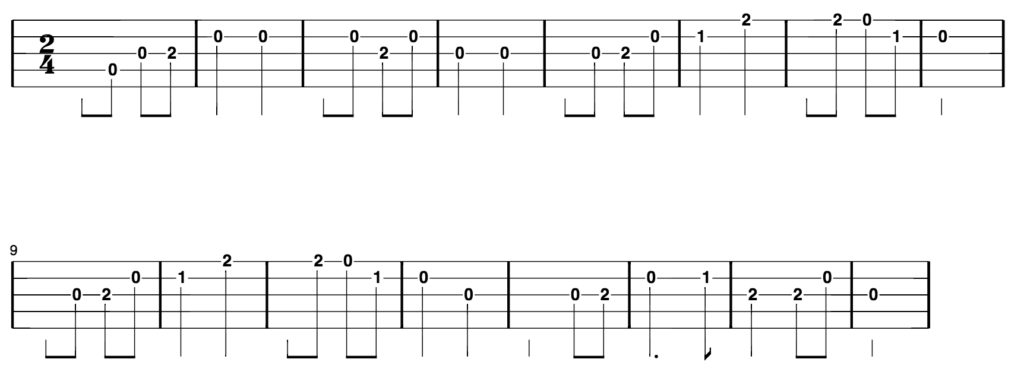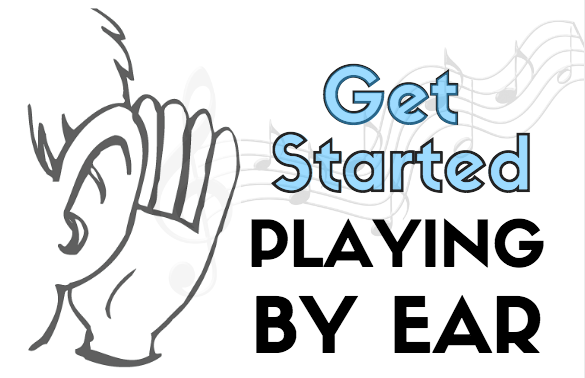
Welcome to the first lesson in the mini-course on getting start playing by ear!
Hopefully, having made your way through the ear test, you’re convinced that playing by ear is within your grasp.
And hopefully after this lesson series you’ll be well on your way to getting there.
Being able to play by ear may seem to some like an impossibly complex task. But just like every other seemingly complex phenomenon, that complexity arises from the accumulation of many simpler building blocks.
The key to learning how to do this, then, is to identify and understand those simpler building blocks, and then learn how to put them back together.
Start with the Structure
One thing many newcomers find intimidating is they may hear a fully formed clawhammer arrangement on the banjo, and think that playing by ear means they listen and then recreate the entire arrangement in its final form.
Likewise, if you hear a tune played on another instrument – a fiddle or guitar perhaps – you may believe the same to be true, that you must take what you’ve just heard and replicate it note for note on the banjo.
But that’s not the case.
If you break down what you hear in a clawhammer banjo piece, what you’ll find is that all the notes can be divided into two main categories:
- Core melody notes
- Everything else
And that “everything else” category consists of banjo “decorations.” These are notes that aren’t part of the tune’s melody, but serve some other function, and are specific to a particular instrument and the style in which it’s being played. Clawhammer has its own particular decorations, as do the various types of fingerstyle banjo.
Understanding this underlying structure is essential to knowing how to deconstruct it.
Imagine you’ve just seen a car for the first time, and you’re tasked with trying to reverse engineer it and explain how it all works. One look under the hood and you’d be overwhelmed.
On the other hand, if you already have a basic understanding of a car’s components – that every car has an engine that converts movements of pistons to turning of wheels, a lubricating and cooling system to reduce heat, a battery that powers the electrical components, etc. – it’s a heck of a lot easier to make sense of what you’re seeing.
Likewise, when assembling a car, you wouldn’t build the whole thing at once. Rather, you’d construct the components, and assemble those together.
And it’s just the same with music.
You don’t try to play a tune by learning the melody and the decorations all at the same time. Instead, you identify the parts, then build them back up using the rules that govern how they’re put together (inserting your own way of doing things in the process, if desired).
With music, this means identifying the melody and the harmony, then applying a specific set of rules for decorating the melody and harmony that are defined by the style you’re playing.
Once you know how to accomplish each of these steps, then the sky is the limit.
To illustrate, here’s a tab of the basic melody for the tune Cripple Creek:
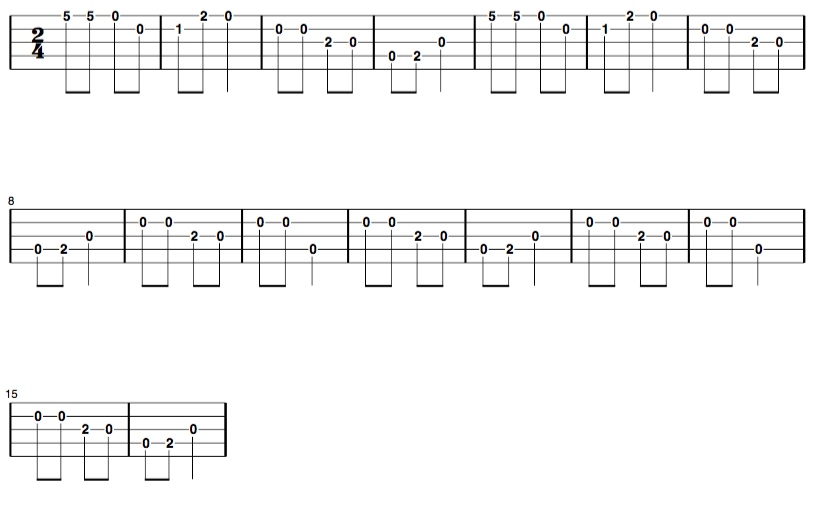
Now here’s the tab for a clawhammer arrangement if it:
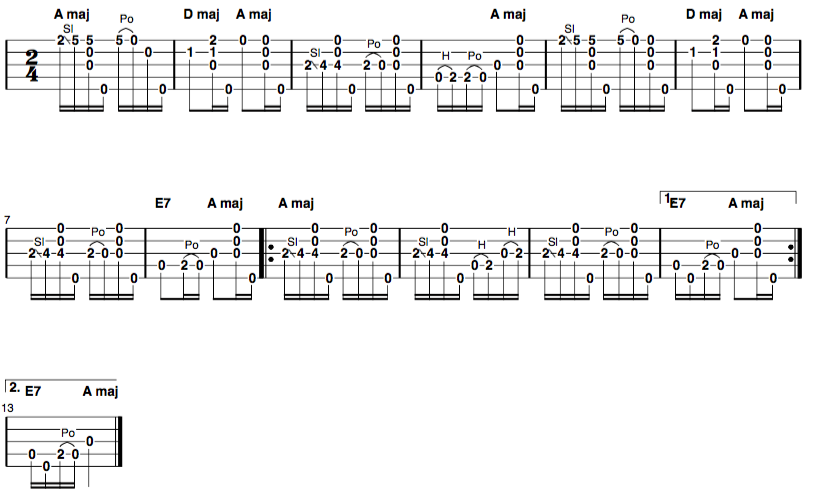
Notice that most of the notes being played on the banjo here aren’t actually part of the melody. There’s a whole lot more than just the melody going on, right?!
Stripping It Down
As you may have gathered, one of the most important skills to develop when learning to play by ear is the ability to hear the core melody.
One reason some folks struggle when starting to learn to play by ear is that they start with tunes, i.e. music without words.
And the problem with starting with tunes is that you first have to learn how to hear the difference between the melody and the decorations. Unless you’re already well familiar with the vocabulary and structure of clawhammer banjo, this presents a real challenge, introducing an extraneous layer of complexity .
What’s a better way? To start with songs. Because with songs, what the singer sings is the melody.
In this first lesson, we’re trying to isolate and practice this single, vital skill: the ability to hear a melody and find those notes on your banjo.
Your Mission, Should You Choose To Accept It
In the following set of exercises in this lesson, your assignment is to listen to a melody that’s sung, and then find those melody notes on your banjo.
Now, if you’re totally new to doing this, you might find this assignment a bit overwhelming. There’s a lot of possible notes on the banjo fretboard! Where do you start?
To simplify things, I’m going to narrow down your potential choices. In each example, you’ll find a fretboard diagram, and some of the positions on the diagram are marked with an orange dot. These orange dots mark the spots on the fretboard where your melody notes will be found.
Using the diagram as your guide, see if you can locate all the notes of the melody on your banjo. Then, check your answer with the melody tab I’ve provided.
Song Exercises
Song #1:”Will the Circle Be Unbroken”
Tuning: gDGBD
Here’s me singing the melody for “Will the Circle Be Unbroken.” Make sure you can hum or sing this melody to yourself before you go looking for the melody notes (this is VERY important!)
Now see if you can find the notes of the melody on your banjo, using the following diagram as your guide. Remember, only the positions on the fretboard marked by the orange dots are notes in the melody, so should be the only potential choices in your search (an orange dot above a string means that the open string as a possible choice).
 If you need another hint, play the audio example below to hear me playing the melody on the banjo:
If you need another hint, play the audio example below to hear me playing the melody on the banjo:
When you think you’ve got it, click below to check the answer tab:
Song #2: “You Are My Sunshine”
Tuning: gDGBD
Here’s the sung melody for “You Are My Sunshine.” Make sure you can hum or sing this melody to yourself before you go looking for the melody notes.
Now see if you can find the notes of the melody on your banjo, using the following diagram as your guide. Remember, only the positions on the fretboard marked by the orange dots are notes in the melody, so you only need use these in your search (an orange dot above a string means that the open string as a possible choice).

If you need a hint in your searching, here’s the melody of “You Are My Sunshine” on the banjo:
When you think you’ve got it, click below to check the answer tab:
Song #3: “Yankee Doodle”
Tuning: gDGBD
Here’s the sung melody for “Yankee Doodle.” Make sure you can hum or sing this melody to yourself before you go looking for the melody notes.
Now see if you can find the notes of the melody on your banjo, using the following diagram as your guide. Remember, only the positions on the fretboard marked by the orange dots are notes in the melody, so you only need use these in your search (an orange dot above a string means that the open string as a possible choice).

If you need a hint in your searching, here’s the melody of “Yankee Doodle” on the banjo:
When you think you’ve got it, click below to check the answer tab:
And with that, we’ll conclude the first installment in the “Get Started Playing By Ear” mini-course.
If this feels easy, then great! As I’ve said before, and as you’ll discover if you keep pressing onward, playing by ear is nothing more than the assembly of several simple steps just like this.
On the other hand, if you find it a bit of a challenge, not to worry. Matching notes in your head to notes on the banjo just takes practice. And as with all things, the more you practice, the better you’ll get.
Until next time!

